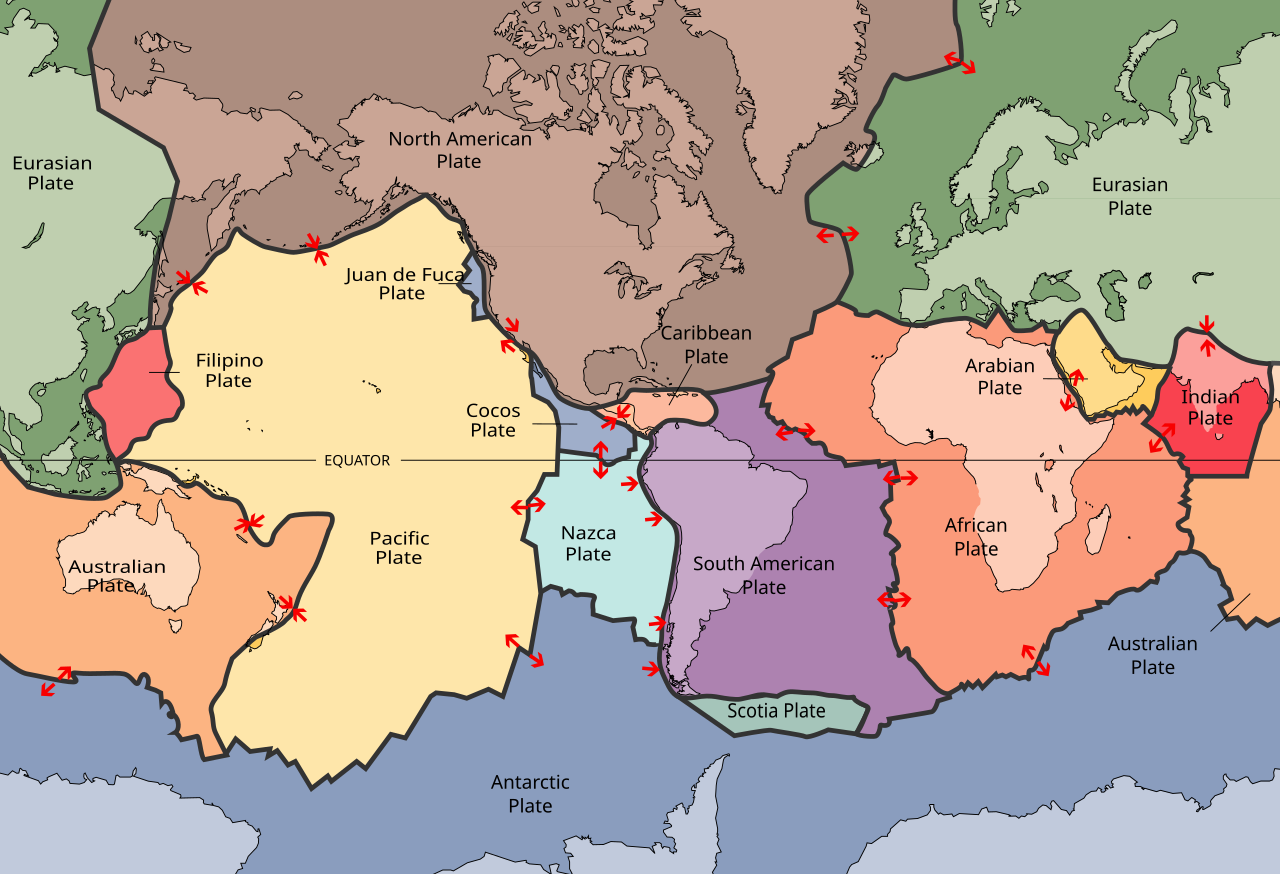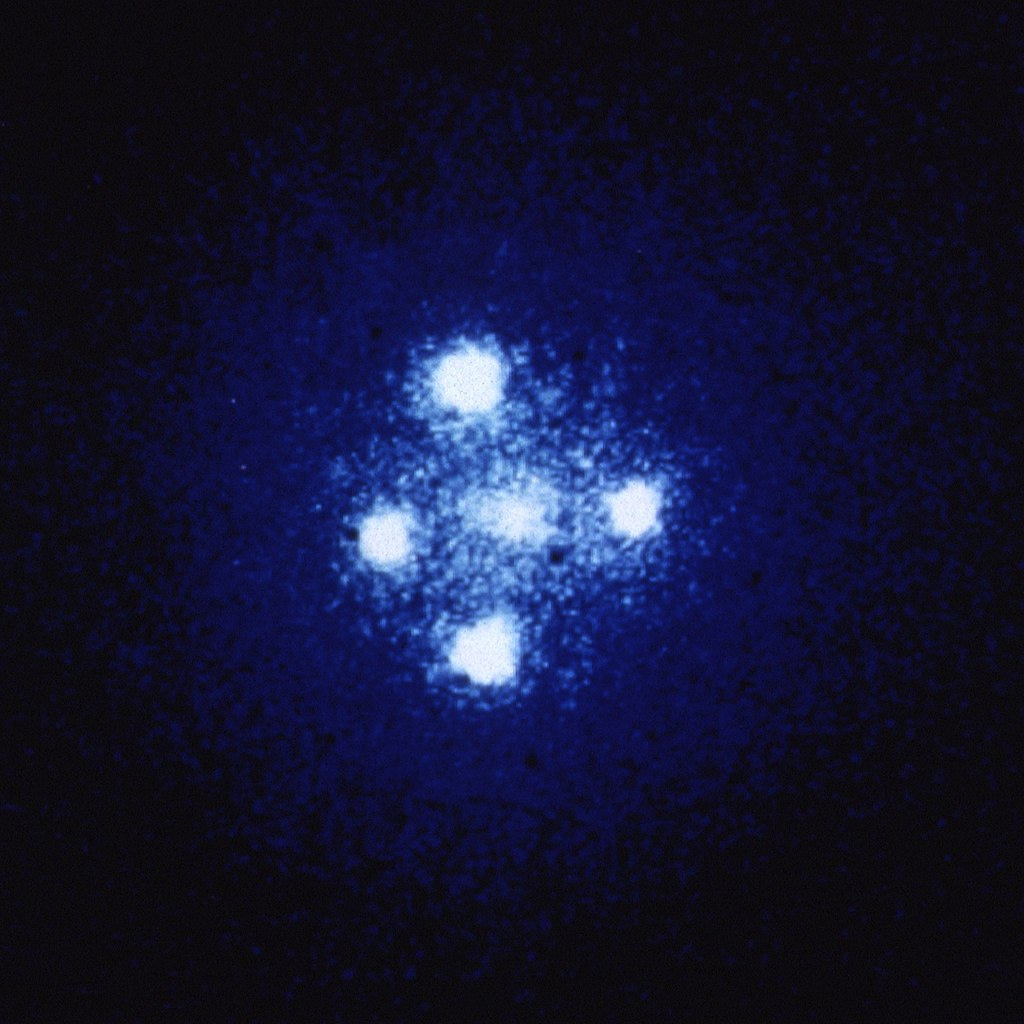Social and news media often mix up scientific terms like "theory," "law," and "proof," making them sound like they mean the same thing. But in science, each of these terms has a precise definition and plays a specific role. As a Liquid Bird reader, you should know these distinctions because science thrives on clarity. Let’s break them down with simple yet powerful examples.
1. Hypothesis – The Starting Point of Science
A hypothesis is a testable prediction. It’s a starting guess, based on observation, that can be tested through experiments.
Example: If plants are given more sunlight, they will grow taller. This is a hypothesis because it predicts an outcome that can be tested.
🔹 How it differs: A hypothesis is not yet confirmed. It’s like a detective’s first lead in a mystery.
2. Theory – The Grand Explanation
A theory is a well-supported explanation of natural phenomena, based on extensive evidence from experiments and observations.
If a hypothesis is repeatedly independently demonstrated by experiment to be true, it becomes a scientific theory.
Example: The theory of evolution explains how species change over time due to natural selection. It’s supported by fossils, genetics, and real-world observations.

🔹 How it differs: Unlike a hypothesis, a theory has been rigorously tested and widely accepted. It’s not just a wild guess—it's backed by tons of evidence.
3. Law – The Universal Rule
A law is a concise statement that describes a consistently observed natural phenomenon, often using a mathematical formula. It is a descriptive account of how nature will behave under certain conditions
Example: Newton’s law of gravity states that objects attract each other with a force proportional to their masses and inversely proportional to the square of the distance between them.
🔹 How it differs: A law describes what happens but doesn’t explain why it happens. That’s the job of a theory. For example, the law of gravity tells us objects fall, but Einstein’s theory of general relativity explains why they do.
Scientific laws and theories can not be proven. It can only be verified.
Important: Both theories and laws could potentially be falsified by countervailing evidence.
4. Fact – The Unquestionable Truth
A fact is an observation that has been repeatedly confirmed.
Example: Water boils at 100°C at sea level. You can test this again and again, and it will always hold true under those conditions.
🔹 How it differs: Facts are data points. They don’t explain anything on their own—that’s what theories and hypotheses do.
5. Principle – A Fundamental Concept
A principle is a general rule that forms the foundation of scientific knowledge. This is often used to mean the same thing as "law".
Example: The principle of conservation of energy states that energy cannot be created or destroyed, only transformed.
🔹 How it differs: Principles are broader than laws. They are foundational ideas that apply across many disciplines.
6. Postulate – An Assumption for Reasoning
A postulate is something assumed to be true for the sake of argument or theory development.
Example: Euclid’s postulate that “a straight line can be drawn from any two points” forms the basis of geometry.
🔹 How it differs: A postulate is not necessarily tested—it’s an agreed-upon assumption that helps build a system of knowledge.
7. Conjecture – An Educated Guess
A conjecture is a statement believed to be true but not yet proven.
Example: The Goldbach Conjecture states that every even integer greater than 2 can be expressed as the sum of two prime numbers. Mathematicians believe it’s true, but no one has proven it for all numbers.
🔹 How it differs: A conjecture is like a hypothesis in math—it suggests something might be true but needs proof.
8. Proof – The Ultimate Confirmation
A proof is a logical demonstration that a statement must be true.
Example: In mathematics, Pythagoras’ theorem (a² + b² = c² for right triangles) is proven using logical steps, making it indisputable.
🔹 How it differs: Proof is absolute, mostly found in mathematics. In science, theories are never "proven"—they are supported by overwhelming evidence but always open to revision.
9. Verification – Checking for Consistency
Verification is the process of confirming that a hypothesis, theory, or experiment aligns with evidence.
Example: A scientist testing whether a vaccine prevents disease will verify results by running multiple trials.
🔹 How it differs: Verification checks if something holds true under specific conditions. It’s a way to support but not necessarily prove something.
10. Axiom – The Unquestioned Truth in Math
An axiom is a self-evident truth in mathematics that doesn't need proof.
Example: “For any two distinct points, there exists exactly one straight line that passes through them” (Euclidean geometry).
🔹 How it differs: Unlike hypotheses or theories, axioms are accepted without question because they are the foundation of logical reasoning.
11. Lemma – A Stepping Stone in Proofs
A lemma is a minor result used to help prove a larger theorem.
Example: In proving Fermat’s Last Theorem, many lemmas were established before reaching the final proof.
🔹 How it differs: A lemma is like a supporting paragraph in an essay—it helps build toward the main conclusion.
12. Corollary – A Bonus Conclusion
A corollary is a statement that follows directly from a proven theorem.
Example: A corollary of the Pythagorean Theorem is that a triangle with sides 3, 4, and 5 is a right triangle.
🔹 How it differs: If a theorem is a recipe, a corollary is an extra dish you can make using the same ingredients.
Final Thought
Science is precise, and understanding these terms helps us think clearly and critically. When you hear “It’s just a theory” in the news, now you know that a scientific theory is one of the strongest ideas out there, backed by loads of evidence. And when someone asks for "scientific proof," you can explain that science builds theories, not absolute proofs.
As a Liquid Bird reader, you now see science through a sharper lens. Keep questioning, keep exploring!





